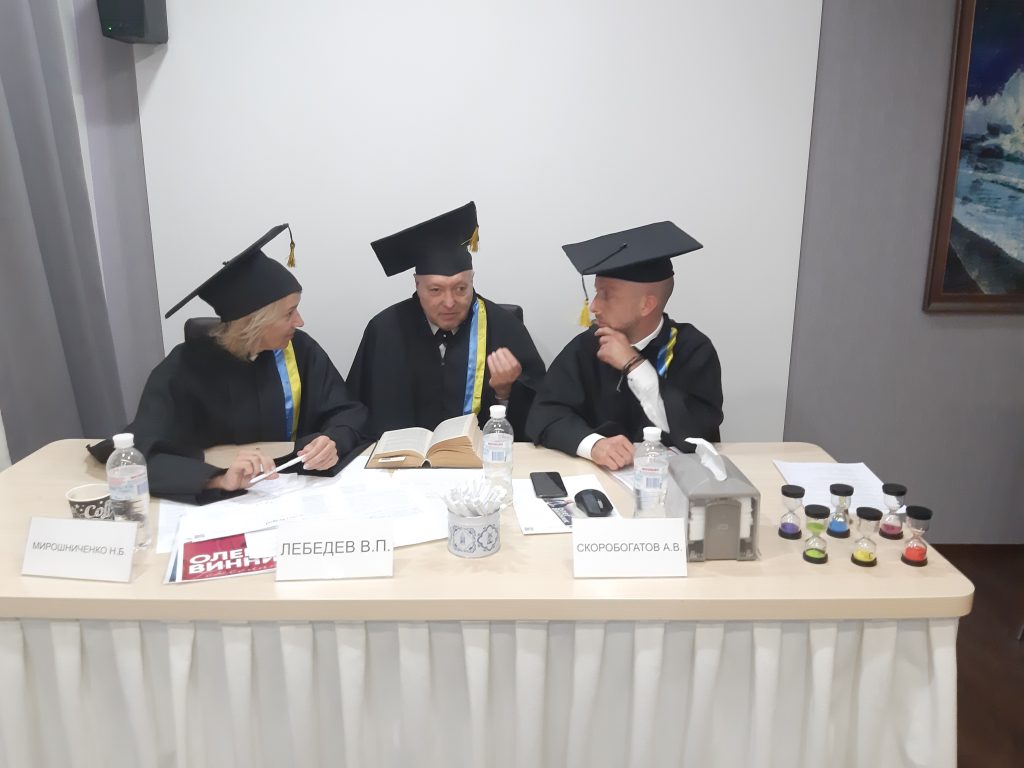Этот случай показывает важность того, чтобы стороны обеспечивали ясность в переговорах по контракту в отношении любых предметов или условий и того, что должно быть сделано для выполнения таких условий, кем и когда. Заключение чартера – это игра в “настольный теннис за круглым столом”, когда судовладельцы, менеджеры, фрахтователи, брокеры, поставщики, операторы терминалов, местные агенты и получатели – все играют свою роль в этом. Английские суды обычно считают, что слово «subject» («sub»), когда оно используется в переговорах о чартере, указывает на предварительное условие, которое исключает имеющий обязательную силу контракт. В этом случае в телефонном разговоре во время переговоров по фрахтованию судна фрахтователи сняли все вопросы, кроме одного. Возник договор? Суд не нашел оснований для отступления от ортодоксальной позиции.
The English courts have generally held that the word “subject” or “sub”, when used in charterparty negotiations, indicates a pre-condition, which—until “lifted”—precludes a binding contract. In this case, in a telephone call when negotiating the charter of a vessel, the Charterers lifted all outstanding subs except one. Did a contract arise? The Court said not: it found no reason, on the facts, to depart from the orthodox treatment of a “subject” or “sub”.
The background facts
The Preliminary Recap
On 8 January 2016, Trafigura, as Charterers, entered into negotiations with Nautica, as Owners of the Leonidas, to carry crude oil from the Caribbean to the Far East. The brokers drew up a written recap of the preliminary negotiations, which stated, “WITH SUBJECTS TO CHTRS’ S/S/R/MGT APPROVAL”. Unpacked, that indicated four subjects: (1) sufficient cargo; (2) the “Suppliers’ Approval Subject” (the meaning of which was the central issue at trial); (3) receivers’ approval; and (4) Trafigura management’s approval.
Further subs included agreements on an oil majors warranty, a prospective intermediate ports clause, and additional clauses to be annexed to the standard BPVOY form. The parties agreed a deadline of 12 January 2016 for lifting subs.
By 12 January, they had finalised the wording of the oil majors warranty. However, before Trafigura could lift subs, they still had to: (1) agree terms of purchase for one of their intended cargoes; (2) receive approval of the suppliers of that cargo that the vessel was suitable; (3) receive confirmation from local agents that the vessel was capable of loading at St Eustasius and Aruba; and (4) receive approval for loading from the operators of the terminals at those ports. It was disputed at trial which one or combination of those four factors comprised the “Suppliers’ Approval Subject”.
In light of the outstanding issues, Nautica agreed an extension to the deadline for lifting subs until 1000 Hawaii-Aleutian time on 13 January.
The 13 January Telephone Call
Trafigura missed the deadline. Nautica extended it again. Then, shortly after noon on 13 January, a telephone call took place between the parties on which the whole case hung. It was common ground that on the call, in return for a reduction of the demurrage rate, Trafigura lifted all subjects except for the Suppliers’ Approval Subject, the deadline for lifting of which was extended to 17:00 Houston time (“HT”) on the same day.
At that stage, therefore, the deal looked likely be concluded within a matter of hours. However, that was not be the case as, at 16:59 HT on 13 January 2016, Trafigura emailed their broker advising that they were unable to lift all subjects of the vessel.
Nautica subsequently held Trafigura in repudiatory breach of contract, entered into a less lucrative substitute fixture and claimed damages for the difference in the earnings they would have received under the Trafigura fixture.
The Commercial Court decision
The Court contrasted two types of contractual “subjects”, which it termed pre-conditions and performance conditions.
A pre-condition is usually an event or action in the control of a contractual party. If the parties agree a pre-condition subject, no contract arises until it is satisfied. Examples are “subject to contract”—i.e. the agreement will only be binding when both parties have signed a written document—and “subject to details”— i.e. the agreement will only be binding when the parties have agreed all terms.
In contrast, a performance condition is usually an event or action in the control of a third party. If the parties agree a performance condition subject, they might have agreed a binding contract. Indeed, the performance condition is itself usually a term of the contract. When the subject is satisfied, the relevant contractual partner becomes bound to perform. Until then, that party is only bound to perform if its breach has caused the subject to remain unfulfilled. An example of a performance condition is that found in a sale contract subject to obtaining an import or export licence.
Having made that distinction, the Court rather emphatically held that the words “subjects” or “subs” in charterparty negotiations signal outstanding pre-conditions. In light of that, Nautica’s characterisation of the Suppliers’ Approval Subject as a performance condition was perhaps always destined to fail.
Nautica argued for a narrower meaning of “Suppliers’ Approval”: that it meant only the approval of the terminals at the supply ports. Trafigura argued that it meant not just the terminals’ approval but “all those approvals which the charterer commercially wishes to obtain on the supply side”—particularly the approval of the relevant supplier itself.
The Court favoured Trafigura’s interpretation. It found that the Suppliers’ Approval Subject was a pre-condition for the following reasons:
- the phrase in which it was embedded: “S/S/R/MGT APPROVAL” started and ended with what settled law holds are pre-conditions: sufficient cargo and management approval. It would, therefore, be incongruous if the middle terms were performance conditions;
- the same pressing deadline applied to each of those four subs, suggesting that they all had the same status;
- the first three subs all related to the commercial desirability of the charterparty from the charterer’s perspective. They, therefore, had a different quality to performance conditions such as obtaining a licence, over which the contractual party has no control; and
- the lack of clarity as to its meaning suggested that it was not intended to create a binding obligation.
As Trafigura never lifted the subject, the pre-condition was not met, and no binding contract arose. Nautica’s damages claim, therefore, failed.
The Court made a few additional interesting observations. First, had the Suppliers’ Approval Subject been a performance condition, Trafigura would have been obliged to take reasonable steps to seek the approval of suppliers. Secondly, had Trafigura failed to take such reasonable steps, the Court would have awarded damages on a “loss of chance” basis.
Comment
Fixing a voyage charterparty is a game of “round the table” ping pong—with owners, managers, charterers, brokers, suppliers, terminal operators, local agents, and receivers all playing their part to keep the rally going. This case usefully highlights the importance of parties ensuring that they are clear in contractual negotiations as to any subjects or conditions referred to and what must be done to satisfy such conditions, by whom and by when.
Ince acted for the successful Charterers in this case.
Авторы:





